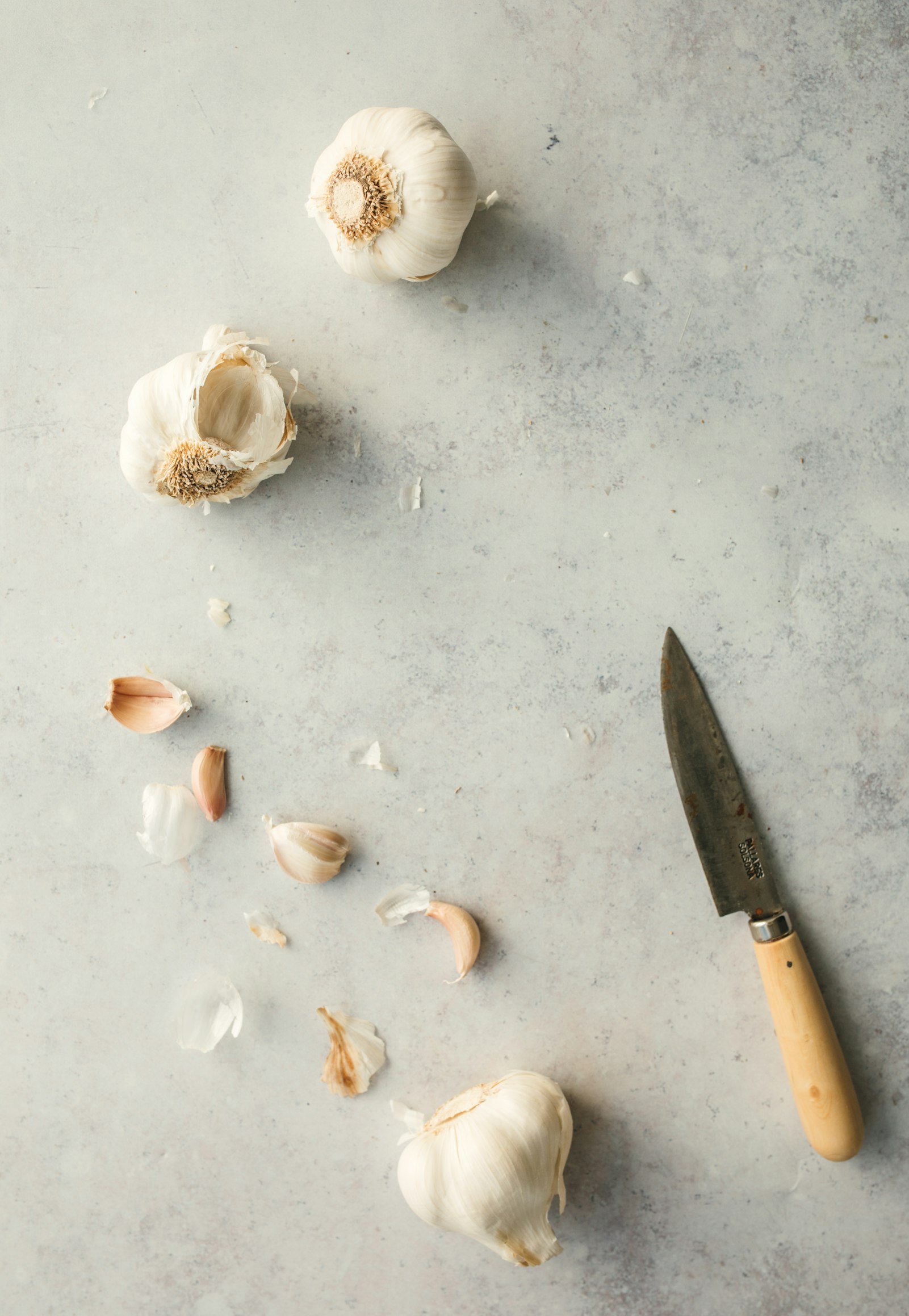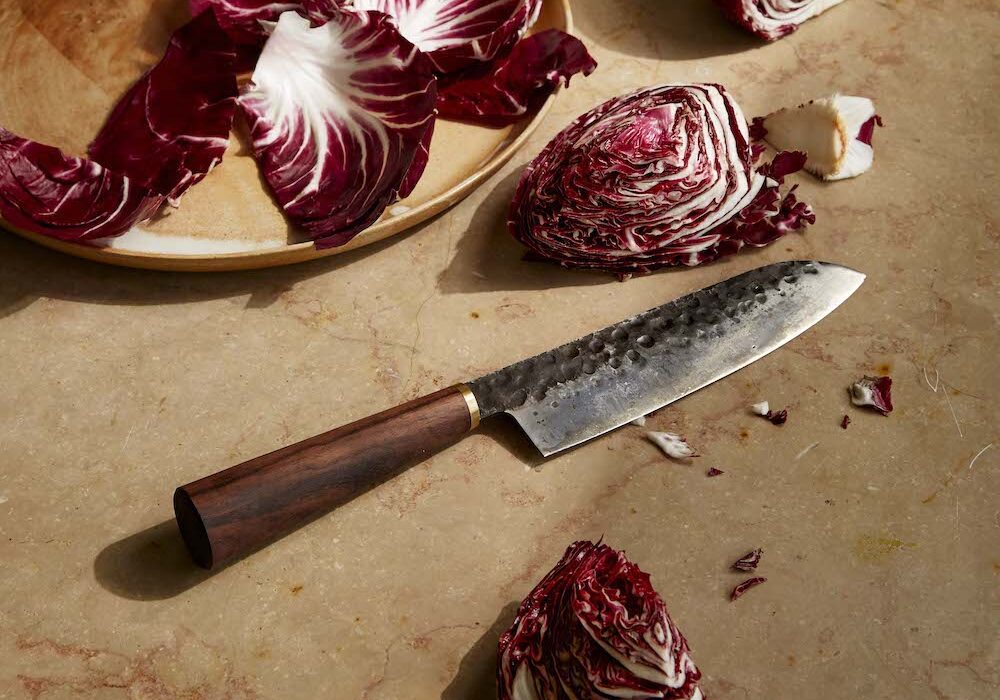There’s nothing quite as satisfying as using a Japanese knife that glides through food effortlessly. The secret to maintaining such precision and efficiency in your kitchen lies in regular and proper sharpening. This guide will take you through the detailed steps on how to sharpen a Japanese knife with a whetstone, ensuring your knives stay in top shape. Whether you’re an enthusiast or a professional chef, this incredible technique is essential knowledge.

Understanding Japanese Knives
What Makes Japanese Knives Special?
Japanese knives are renowned for their sharpness, precision, and quality. The craftsmanship involved in their creation sets them apart from Western knives. They are usually made from hard steel, allowing for a finer edge. However, this also means they require careful and regular sharpening to maintain their performance.

Why Use a Whetstone?
Benefits of Using a Whetstone
Whetstones, also known as water stones, provide a thorough and gentle sharpening method. Unlike electric or pull-through sharpeners, whetstones allow for better control and even sharpening. By using a whetstone, you can preserve the knife’s edge and prolong its lifespan significantly.

Types of Whetstones
Different Grit Levels
Whetstones come in various grit levels, usually measured in numbers. Lower numbers (200-1000) are coarser and used for repairing damaged edges. Medium grits (1000-3000) are for regular sharpening, and higher numbers (4000-8000) are for fine polishing. It’s essential to choose the right grit based on your knife’s condition.

Preparing Your Whetstone
Soaking the Stone
Before using a whetstone, it must be soaked in water. Place the stone in a bowl of water until air bubbles stop rising, usually taking about 10-15 minutes. This ensures the stone is adequately saturated, providing better sharpening performance.
Positioning the Whetstone
Setting Up Your Workspace
Place the whetstone on a damp cloth or a rubber base to prevent it from slipping. Ensure it’s positioned at a comfortable height and angle. A stable workspace is crucial for consistent sharpening and safety.
Sharpening Technique
Proper Angling
The key to effective sharpening is maintaining a consistent angle, typically between 15-20 degrees for Japanese knives. Use your fingers to feel this angle and keep it steady throughout the process.
Sharpening Motions
Start by placing the knife’s heel at the end of the stone. Push the blade forward and across the stone, using smooth and controlled strokes. Apply gentle pressure, primarily using the weight of the knife. Repeat this motion until you feel a burr (a thin, wire edge) forming on the other side of the blade.
Flipping and Finishing
Sharpening the Other Side
Once a burr forms, flip the knife and repeat the process on the other side. This balances the edge and ensures a razor-sharp finish. Regularly check for burr formation and adjust your technique as needed.
Polishing the Edge
After sharpening, polish the edge using a higher grit whetstone. This step smooths out any roughness, providing a finer and more durable edge. Use the same angling and motions as before, but with lighter pressure.
Maintenance Tips
Regular Sharpening
Regularly sharpen your Japanese knives to keep them in prime condition. Depending on your usage, monthly sharpening is a good practice. Allowing the knife to become dull makes the sharpening process longer and more challenging.
Proper Storage
Always store your knives in a knife block or on a magnetic strip to prevent damage to the edges. Avoid storing them loosely in a drawer where they can become dull or nicked.
FAQs
How often should I sharpen my Japanese knife?
It depends on your usage. Generally, every 1-2 months is recommended for regular home cooking.
Can I use an electric sharpener?
While possible, it’s not recommended as electric sharpeners can damage the fine edge of Japanese knives. Whetstones offer better control.
What grit whetstone should I start with?
Start with a medium grit (1000-3000) for regular sharpening. If the knife is very dull or damaged, begin with a coarser grit (200-1000).
As an Amazon Associate, I earn from qualifying purchases.
Your journey to mastering how to sharpen a Japanese knife with a whetstone begins with understanding the unique qualities of your knife and the benefits of using a whetstone. By following proper techniques and maintenance, you can ensure your knives remain a joy to use. For additional resources, you can visit this in-depth guide on knife sharpening.

